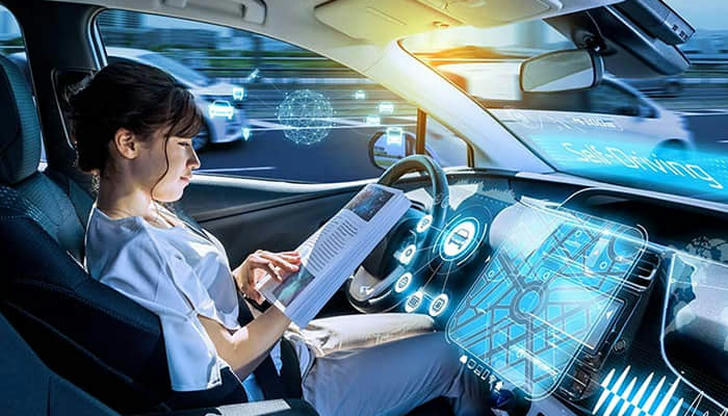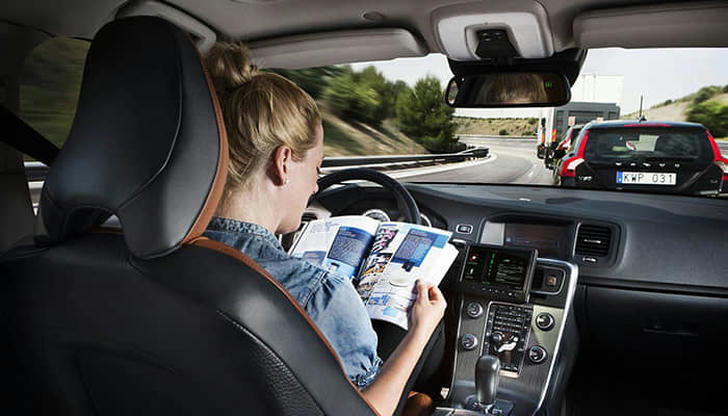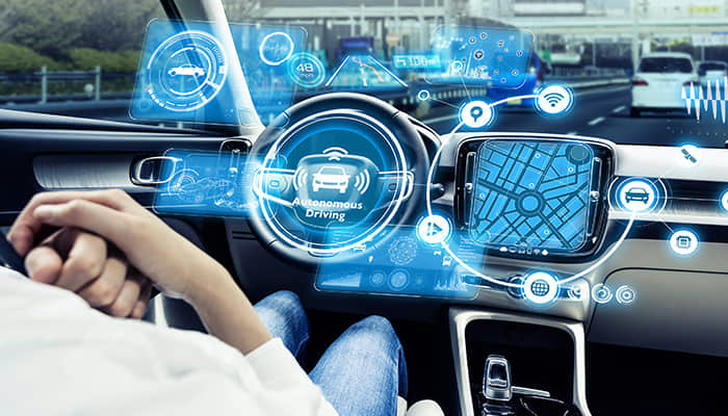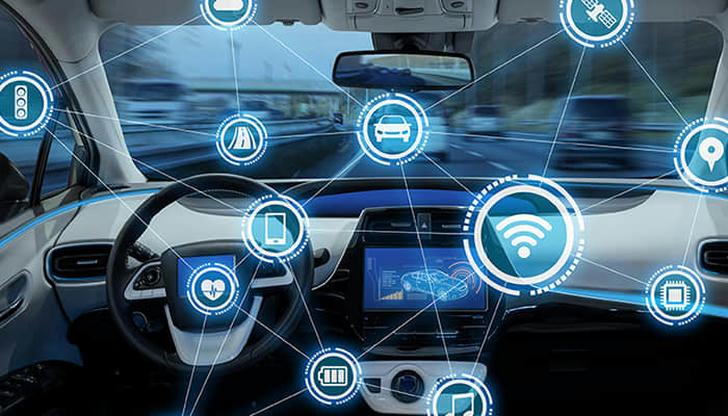The Future of Transportation: Exploring the World of Self-Driving Cars
The world of transportation is undergoing a massive transformation, and at the center of this revolution is one of the most exciting innovations in modern technology: self-driving cars. Also known as autonomous vehicles (AVs), these cars have the potential to change how we think about driving, travel, and even urban design. But what exactly are self-driving cars, how do they work, and what does their future look like? Let’s dive in.

What Are Self-Driving Cars?
Self-driving cars are vehicles that can drive themselves without human intervention. They use a combination of sensors, cameras, radar, and sophisticated algorithms to navigate the roads, recognize obstacles, and make decisions just like a human driver would. The goal is to create a car that can safely operate on its own, reducing the need for a person to control the vehicle manually.
How Do Self-Driving Cars Work?
The technology behind self-driving cars is complex, but at its core, it involves several key components working together to make autonomous driving possible:
• Sensors and Cameras: These are the “eyes” of the car. Self-driving cars are equipped with a range of sensors like LIDAR (Light Detection and Ranging), radar, and cameras that give the vehicle a 360-degree view of its surroundings. These sensors detect obstacles, road signs, traffic signals, pedestrians, and other vehicles, allowing the car to understand its environment.
• Artificial Intelligence (AI): AI plays a crucial role in interpreting the data gathered by the sensors. The car’s onboard computer uses machine learning algorithms to process this information, make real-time decisions, and determine the best course of action. For example, if a pedestrian steps into the road, the AI will decide whether to stop the car or swerve to avoid a collision.
• Mapping and Localization: Self-driving cars rely on highly detailed maps of the roads to navigate accurately. These maps are created using data from GPS, sensors, and other sources, providing the car with a precise location on the map. The car continuously updates its position as it moves, ensuring it knows exactly where it is at all times.
• Connectivity: Autonomous vehicles are often connected to the cloud or other vehicles in their network, enabling them to share information and make more informed decisions. For example, a car might receive information about traffic jams or accidents ahead, allowing it to adjust its route to avoid delays.

Benefits of Self-Driving Cars
The rise of self-driving cars promises to bring numerous benefits to society, including:
• Safety: One of the most compelling reasons for developing self-driving cars is their potential to reduce accidents. Human error is responsible for about 94% of traffic accidents, according to the National Highway Traffic Safety Administration (NHTSA). Self-driving cars, with their precise sensors and fast reaction times, can significantly reduce the number of accidents caused by factors like distracted driving, fatigue, or impaired driving.
• Increased Mobility: Autonomous vehicles could offer greater mobility to people who are unable to drive, such as the elderly, disabled individuals, or those with medical conditions. With a self-driving car, these individuals would have more freedom to travel independently, improving their quality of life and reducing their reliance on public transportation or caregivers.
• Reduced Traffic Congestion: Self-driving cars could help alleviate traffic congestion. These vehicles can communicate with each other and adjust their speeds to maintain a smooth flow of traffic. By optimizing traffic patterns and reducing bottlenecks, self-driving cars could make our cities more efficient and reduce commute times.
• Environmental Impact: Many autonomous vehicles are being designed to be electric, which means they have the potential to reduce carbon emissions and improve air quality. Additionally, self-driving cars can be optimized to drive more efficiently, saving fuel and reducing overall energy consumption.
• Cost Savings: While self-driving technology is still expensive, over time, the cost of autonomous vehicles may decrease. In the long run, we could see reduced costs in insurance, vehicle maintenance, and even parking, as self-driving cars can be more efficient in terms of both operation and resource use.

Challenges and Concerns
Despite the many benefits, there are still several challenges and concerns associated with self-driving cars:
• Technology Limitations: While the technology behind self-driving cars has made great strides, it’s not perfect. Autonomous vehicles still struggle with certain conditions, such as inclement weather, poorly marked roads, or complex urban environments. In some situations, human intervention may still be necessary.
• Regulation and Legal Issues: Self-driving cars are not yet fully legal everywhere, and laws and regulations surrounding their use are still being developed. Questions about liability in the event of an accident, privacy concerns related to data collection, and the ethical considerations of AI decision-making remain unresolved.
• Job Displacement: The widespread adoption of self-driving cars could lead to significant job displacement, particularly in industries like trucking, delivery services, and public transportation. Millions of workers currently rely on driving jobs, and transitioning to a world with autonomous vehicles could create challenges for workers and the economy.
• Public Trust: Many people are still wary of autonomous technology. The idea of a car driving itself without human intervention raises concerns about safety, reliability, and trust. In order for self-driving cars to be widely accepted, public trust will need to be built through rigorous testing, transparency, and clear communication about how the technology works.

The Future of Self-Driving Cars
Despite the challenges, the future of self-driving cars is looking brighter every day. Companies like Tesla, Waymo, and others are making rapid progress in developing fully autonomous vehicles. Governments and organizations around the world are working to create the infrastructure and regulations needed to support this new technology. While it may take some time before self-driving cars are a common sight on the roads, the potential benefits are undeniable.
In the coming decades, we may see a world where driving is no longer necessary, and people can simply sit back and enjoy the ride. The roads could become safer, traffic congestion could be reduced, and our cities might be redesigned to accommodate the new reality of autonomous transportation.
Whether we’re ready or not, the era of self-driving cars is on the horizon. It’s a future full of possibilities, and it’s one that could change the world as we know it.
